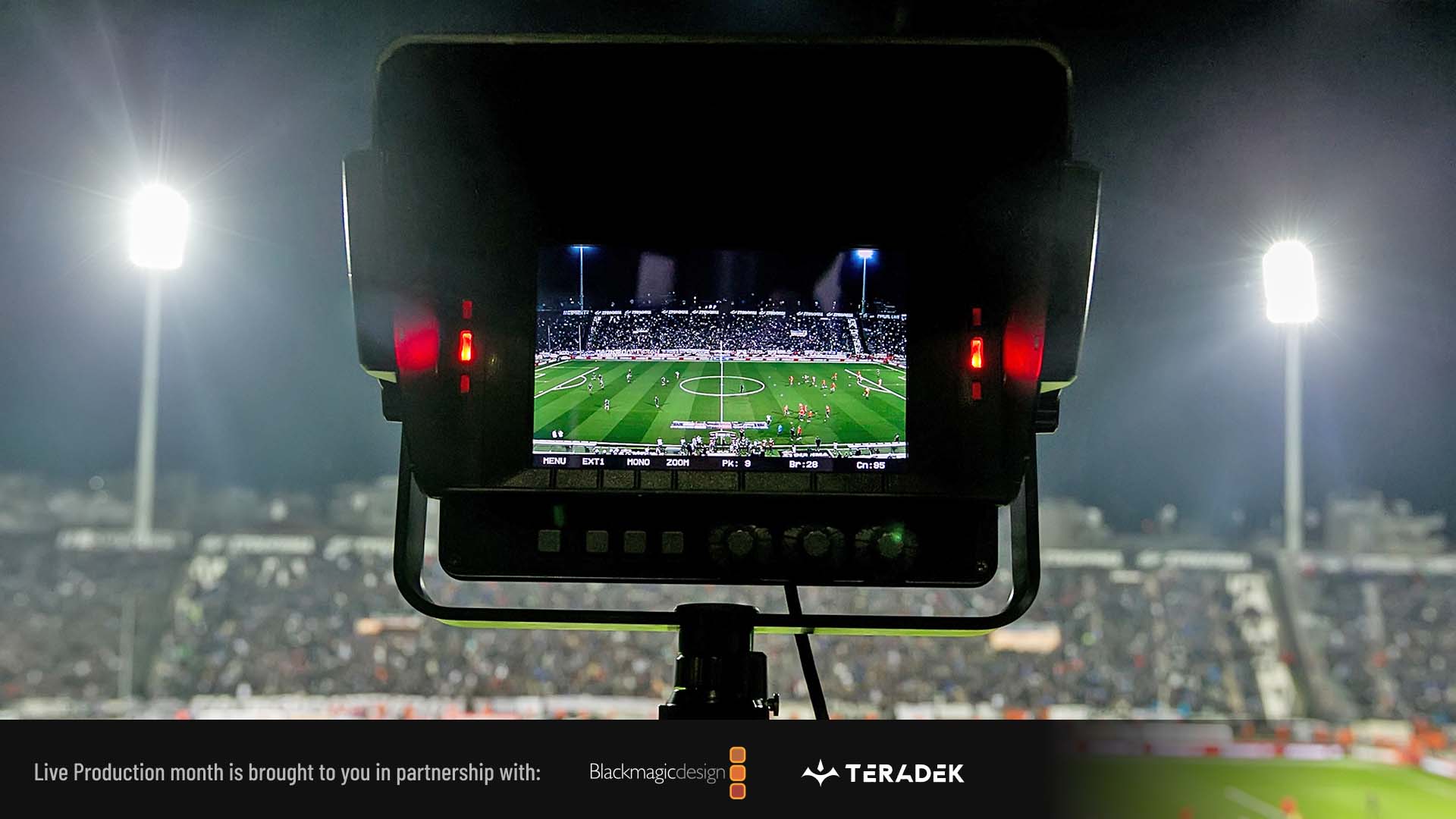
With the latest technology, live broadcasts of sports events are undergoing a transformation in what they can offer fans.
As a worldwide business, today’s sports market keeps on growing with high levels of revenue and more industry players than ever. In 2022, the sports market is estimated to reach a value of about 80 billion U.S. dollars. It is the largest revenue stream in the US when it comes to the media rights market. This revenue comes from different fees from radio, television or internet broadcasters who are distributing the sporting event. Due to the accessibility of these broadcasting devices, this sector keeps rapidly growing every year.
Content distribution rights continue to be the largest revenue driver in sports media, as streaming continues to disrupt traditional broadcast and cable models. The single most important factor for sports fans remains the quality of the broadcast or stream. It is no surprise that U.S. networks are willing to pay a significant amount of money for television sports contracts because it attracts large amounts of viewership. This has not been left unnoticed by the deep-pocketed tech companies that have entered the market against traditional broadcasters. This may even become a tipping point where streaming becomes the preferred platform for premium sports content.
Sports media market
Since sports media is such a big business in the United States, it is also one of the largest markets for broadcasters. Many of the college sports are televised on various broadcast networks, national and specialty sports cable channels, and regional sports networks. To give you a scope of the business, in an average year the NCAA (National Collegiate Athletic Association) generated more than 820 million U.S. dollars in revenue from television and marketing rights fees. This figure is forecast to reach almost one billion U.S. dollars by 2025.
If we compare this to the professional sports media, the top pay-TV providers have about 76 million subscribers in the United States. That compares with upwards of 250 million over-the-top (OTT) media subscriptions. This gives you a total of $22.76 billion spent on sports broadcast media rights in 2021. If we look at soccer as an example, ESPN+ signed a $1.4 billion, eight-year deal with La Liga in 2021 to stream 380 soccer matches per season. NBC renewed its traditional broadcast partnership with the Premier League spending $2.7 billion; that’s almost double the amount of the previous agreement.
Since these markets are flushed with money, exploring new revenue streams through gambling partnerships and other sub segmented offers that allow users the flexibility to choose not just the games they wish to view, but the specific parts of the game they wish to watch.
 Future of Sport Broadcasting
Future of Sport Broadcasting
The pandemic has brought about many challenges but also opportunities for broadcasters to connect and engage with sports fans remotely. In 2022, the sports industry will continue to see an influx of money from emerging technologies that will innovate the way we consume sports. This is important because sports fans are returning to stadiums with higher expectations than ever. It is no longer just winning the game but also about the experience as a whole. Competition for in-stadium fans is going to be tough, since it's not just the rival teams, but also modern technologies like the 75-inch television that they are up against.
Sports organisations and media players are looking to combine the best of both the physical and virtual worlds. To do this, they’re adding digital enhancements to live events, including using social media to engage their viewers from all demographics. They are also trying to bring the energy, immediacy, and excitement of in-person experiences to the digital realm. Broadcasters are using different feeds to cover different points of views throughout a live broadcast. Multiple feeds such as alternative camera angles, and even personalised audio options can really enhance the viewer experience.
This blending will likely grow as emerging technologies gain wider adoption. The use of VR and AR in sports has been increasing over the past few years, with new applications for training and simulation, broadcasting, and in-venue experiences. With the greater deployment of 5G and other low-latency benefits, AR applications are multiplying.
We will also see more second-screen integration in OTT experiences, and that is where social media plays the part. It will be interesting to see how these traditional broadcasters will adapt to the multimedia challenge in 2022. It is not just about having the most viewers, but ensuring they can find and access them easily. Since different platforms are offering different content for different consumer groups, sports broadcasting is no longer a one-size-fits-all. Future broadcasters have to customise their services to provide the ultimate experiences across a range of platforms. These customisations include the ability to choose their announcers or the camera angles they want to use to watch the full game. If this is the way to make sports fans engaged, who will rise to their rivalry of winning the next big games of future broadcasting?
Tags: Studio & Broadcast Live


Comments